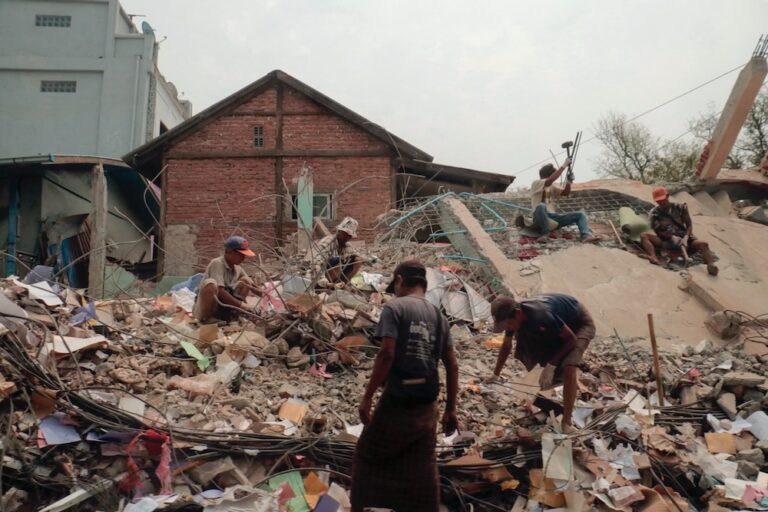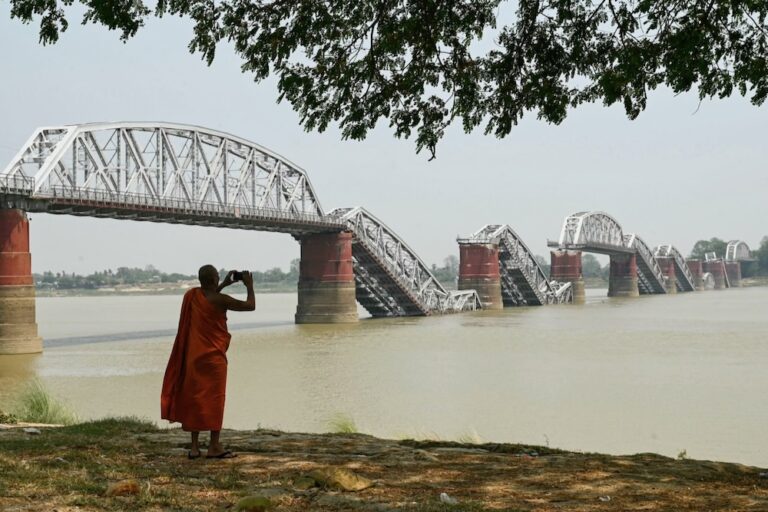An interactive timeline illustrating a year of progress and obstacles to press freedom in Burma.
Journalists in Burma have welcomed a number of reforms to the country’s notoriously restrictive press laws since the new civilian government took office on 30 March 2011, replacing 50 years of repressive military rule. Many of Burma’s journalists were skeptical of President Thein Sein’s promises of greater press freedom, due mainly to his former position as a general in the Union Solidarity and Development Party (USDP)-led junta. But a growing sense of optimism emerged in the period following the April 2012 by-elections that brought the National League for Democracy (NLD) and its leader Aung San Suu Kyi, to Parliament.
Previously, the Press Scrutiny and Registration Division (PSRD), Burma’s draconian censorship board heavily censored any kind of publication and cut reports which were deemed even remotely sensitive in the eyes of government officials. Weekly journals are now enjoying new spaces in which to write sensitive stories that were impossible to publish under the rule of the junta. But with every step forward, there have also been obstructions and setbacks threatening the progress of press freedom in Burma, from a lawsuit filed by the mining ministry against a weekly journal, which was later dropped, to the draft printer’s law submitted to Parliament in March 2013. What is certain is that no matter how precarious the road to media reform will be, Burma’s journalists – many of whom still face threats – will not give up their struggle for a free press.
See how press freedom in Burma has evolved over the past year in the timeline below (in English).
Nyan Lynn is editor of Maw Kun, a Burmese-language current affairs magazine, and a member of Myanmar Journalist Network (MJN).



